List of contributors
Woodhead Publishing Series in Food Science, Technology and Nutrition
Part One: Perspectives
1: Introduction to foodborne parasites
Abstract
1.1 Introduction
1.2 Parasites transmitted by food
1.3 Foods that transmit parasites
1.4 Public health and economy
1.5 Challenges and future trends
2: Trends in food production practices relative to foodborne parasites
Abstract
2.1 Introduction
2.2 Parasite transmission pathways in food production
2.3 Illustrations of food production systems for parasite control
2.4 Conclusion and future trends
3: Foodborne parasites and climate change: Possible impacts and challenges
Abstract
Acknowledgments
3.1 Introduction
3.2 Climate change: The basics
3.3 Food supply systems: The basics
3.4 Foodborne parasites: The basics
3.5 Climate change, food supply systems, and foodborne parasites: From producer to consumer
3.6 Examples of linkages between foodborne parasites and climate change
3.7 Direct effects of climate change during production
3.8 Indirect effects of climate change during production
3.9 Climate change and harvest
3.10 Climate change and food inspection
3.11 Climate change and food storage
3.12 Climate change and food processing
3.13 Climate change and food distribution
3.14 Climate change and food retailing
3.15 Climate change and food in the home and in food services: Storage, preparation, and consumption
3.16 Conclusions: Some priorities
3.17 Possible future developments
4: Role of society and culture in the epidemiology and control of foodborne parasites
Abstract
4.1 Introduction
4.2 Societal and cultural practices and the transmission of foodborne parasites
4.3 Foodborne parasites transmitted by meat
4.4 Foodborne parasites transmitted by freshwater fish
4.5 Foodborne parasites transmitted by saltwater fish
4.6 Foodborne parasites transmitted by the consumption of plants
4.7 Foodborne parasites from consumption of invertebrate hosts
4.8 Environmentally transmitted parasites that can be accidentally ingested
4.9 Conclusions
4.10 Future trends
5: Socioeconomic burden of foodborne parasites
Abstract
5.1 Introduction
5.2 The foodborne cestode zoonoses
5.3 The foodborne nematode zoonoses
5.4 The foodborne trematode zoonoses
5.5 The foodborne protozoa
5.6 Conclusions and challenges
Part Two: Parasites
6: Foodborne apicomplexan protozoa: Coccidia
Abstract
6.1 Introduction
6.2 Basic biology and phylogeny
6.3 Cyclospora cayetanensis
6.4 Cryptosporidium spp
6.5 Cystoisospora (syn. Isospora)
6.6 Toxoplasma gondii
6.7 Sarcocystis spp
6.8 Conclusions and future trends
7: Foodborne, enteric, non apicomplexan unicellular parasites
Abstract
7.1 Introduction
7.2 Giardia
7.3 Other flagellates
7.4 Entamoeba
7.5 Other amoebae
7.6 Blastocystis
7.7 Balantidium
7.8 Microsporidia
7.9 General discussion
7.10 Control and future trends
8: Foodborne nematodes
Abstract
8.1 Introduction
8.2 Meat borne nematodes
8.3 Fish borne nematodes
8.4 Slug borne nematodes
8.5 Nematodes transmitted by fruits and vegetables via soil
8.6 Future trends
9: Foodborne cestodes
Abstract
9.1 Introduction
9.2 Taenia solium
9.3 Taenia saginata
9.4 Taenia asiatica
9.5 Echinococcus spp. causing cystic echinococcosis
9.6 Echinococcus multilocularis (alveolar echinoccocosis)
9.7 Diphyllobothrium spp
10: Foodborne trematodes
Abstract
Acknowledgments
10.1 Introduction
10.2 Vegetable borne trematodes
10.3 Fish borne trematodes
10.4 Crustacean borne trematodes
10.5 Other animal borne trematodes
10.6 Diagnosis, treatment, and control
10.7 Conclusions and future trends
Part Three: Transmission dynamics in food sources
11: Transmission dynamics of foodborne parasites in pork (pig and wild boar)
Abstract
11.1 Introduction
11.2 Toxoplasma gondii
11.3 Trichinella spp.
11.4 Taenia solium
11.5 Discussion and future trends
11.6 Conclusions
11.7 Sources of further information
12: Transmission dynamics of foodborne parasites in fish and shellfish
Abstract
12.1 Introduction
12.2 Life history of parasites and transmission
12.3 Sampling and detection methods
12.4 Points of control in the food chain
12.5 Conclusions
13: Transmission dynamics of foodborne parasites on fresh produce
Abstract
13.1 Introduction
13.2 Protozoan parasites on fresh produce
13.3 Helminth parasites on fresh produce
13.4 Sources of contamination and methods for control
13.5 Conclusions
13.6 Future considerations
Part Four: Prevention and Control
14: Components of control for foodborne parasites and their application in the food production chain
Abstract
14.1 Introduction
14.2 Components of control for foodborne parasites
14.3 Regulations and standards
14.4 Detection and diagnosis
14.5 Surveillance
14.6 Incursions and outbreak investigations
14.7 Treatment and inactivation
14.8 Prevention of infection and contamination
14.9 Education and training
14.10 Conclusions and future trends
15: Modeling as an approach to identify and manage food safety risks related to parasites in the food chain
Abstract
15.1 Introduction
15.2 Framework for the development of models
15.3 Future prospects
16: Laboratory diagnostic methods
Abstract
16.1 Introduction
16.2 Current laboratory methods for meatborne parasites
16.3 Current laboratory methods for the detection of parasites in fish and crustaceans
16.4 Current laboratory detection methods for parasite in fresh produce, herbs, and berries
16.5 Molecular-based laboratory detection techniques: Future options
16.6 Ensuring quality assurance in laboratory diagnostic testing
16.7 Conclusion
17: The role of regulatory and standard-setting organizations in the control of neglected foodborne parasites
Abstract
Acknowledgments
17.1 Introduction
17.2 Regulations and veterinary services (competent authority): Risk management and organization
17.3 Agencies, nonregulatory bodies, and experts on foodborne zoonotic parasites: From risk assessment toward risk communication
17.4 International standards
17.5 International Standards Organization
17.6 The Organisation for Economic Co-operation and Development
17.7 Reference laboratories
17.8 Future trends
Index
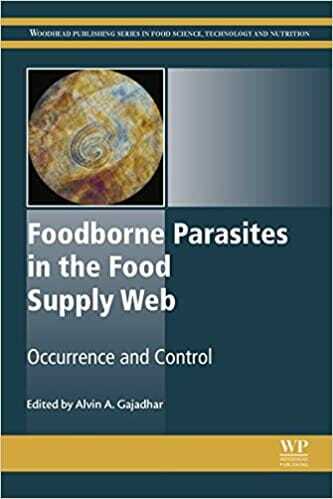



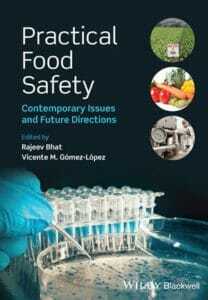
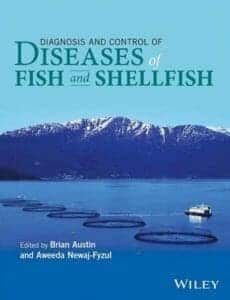
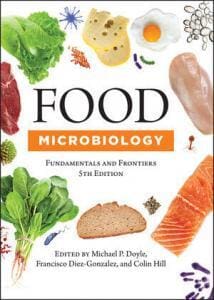



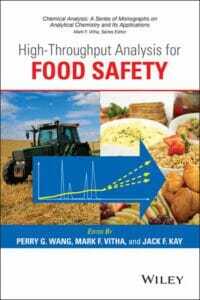





![Ettinger’s Textbook of Veterinary Internal Medicine 9th Edition [PDF+Videos] Ettinger’s Textbook of Veterinary Internal Medicine 9th Edition [True PDF+Videos]](https://www.vet-ebooks.com/wp-content/uploads/2024/10/ettingers-textbook-of-veterinary-internal-medicine-9th-edition-100x70.jpg)






